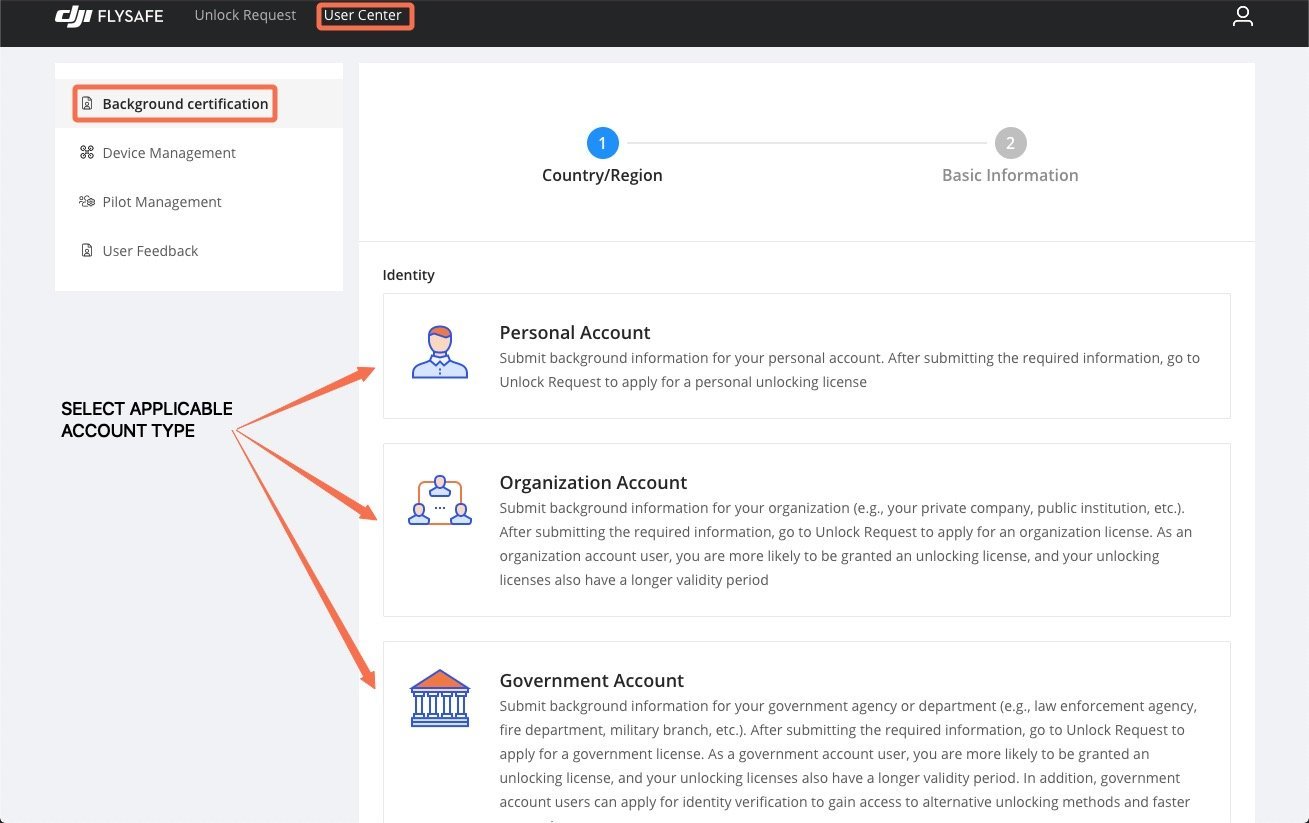Introduction
Importance of Drone Safety
Drone safety is crucial for anyone involved in the exciting world of unmanned aerial vehicles. As someone who has experienced the thrill of flying a drone, I can attest to how exhilarating it is to capture jaw-dropping aerial shots or simply enjoy the serenity of flight. However, with that excitement comes immense responsibility. Accidents and mishaps can happen all too easily, leading not only to costly damage but also posing risks to people, property, and even wildlife. Just imagine the horror of having your drone malfunction during a beautiful sunset flight, where it could potentially crash into a passerby or land unintentionally on private property. To prevent such incidents, understanding the importance of drone safety regulations and best practices is essential. This includes respecting the airspace, being aware of one’s surroundings, and using technology to avoid accidents. With increasing drone usage worldwide, prioritizing safety ensures that we can all continue to enjoy this amazing technology responsibly and sustainably. Here are a few key points to remember regarding drone safety:
- Stay Informed: Always keep up-to-date with local laws, regulations, and guidelines.
- Use Technology: Leverage advanced features like geofencing to avoid restricted areas.
- Pre-Flight Checks: Conduct thorough inspections before every flight to ensure everything functions smoothly.
- Respect Privacy: Always consider the privacy of others, particularly when flying in residential areas.
By adopting a safety-first mindset, we can ensure that drones enhance our lives while minimizing risks.
Overview of DJI FlySafe
One of the most effective ways to promote drone safety is through the application of features from industry leaders, and that’s where DJI FlySafe comes into play. As a major player in the drone market, DJI has developed the FlySafe program to provide drone pilots with a suite of safety features designed to make flying safer and more enjoyable. DJI FlySafe integrates several essential tools, each aimed at enhancing flight safety and compliance with regulations. Here’s what you can expect from it:
- Geofencing: Automatically restricts drone flights in restricted airspace, like airports and sensitive areas, preventing potential legal issues and safety hazards.
- Airspace Awareness: Provides real-time information regarding airspace classifications, helping pilots navigate their environments wisely.
- No-Fly Zones: Notifies users about areas where flying would be unlawful or dangerous, so you can plan your flights effectively.
- Emergency Procedures: Guides pilots on what to do in case of emergencies, such as signal loss or poor battery life.
For instance, have you ever thought about flying your drone near a busy airport? With DJI FlySafe, you’re prevented from doing so automatically, ensuring both your safety and the safety of many others. Additionally, the DJI FlySafe program includes regular updates and expansions to its geofenced areas, which ensures that you have access to the most current information and features. You can always fly with confidence knowing that DJI is focused on keeping you informed and compliant with all regulations. In summary, understanding the importance of drone safety and utilizing powerful tools like DJI FlySafe will not only improve your flying experience but also contribute to a safer environment for everyone. So, buckle up and get ready to soar safely into the skies with knowledge and the right tools in hand! 🛩️
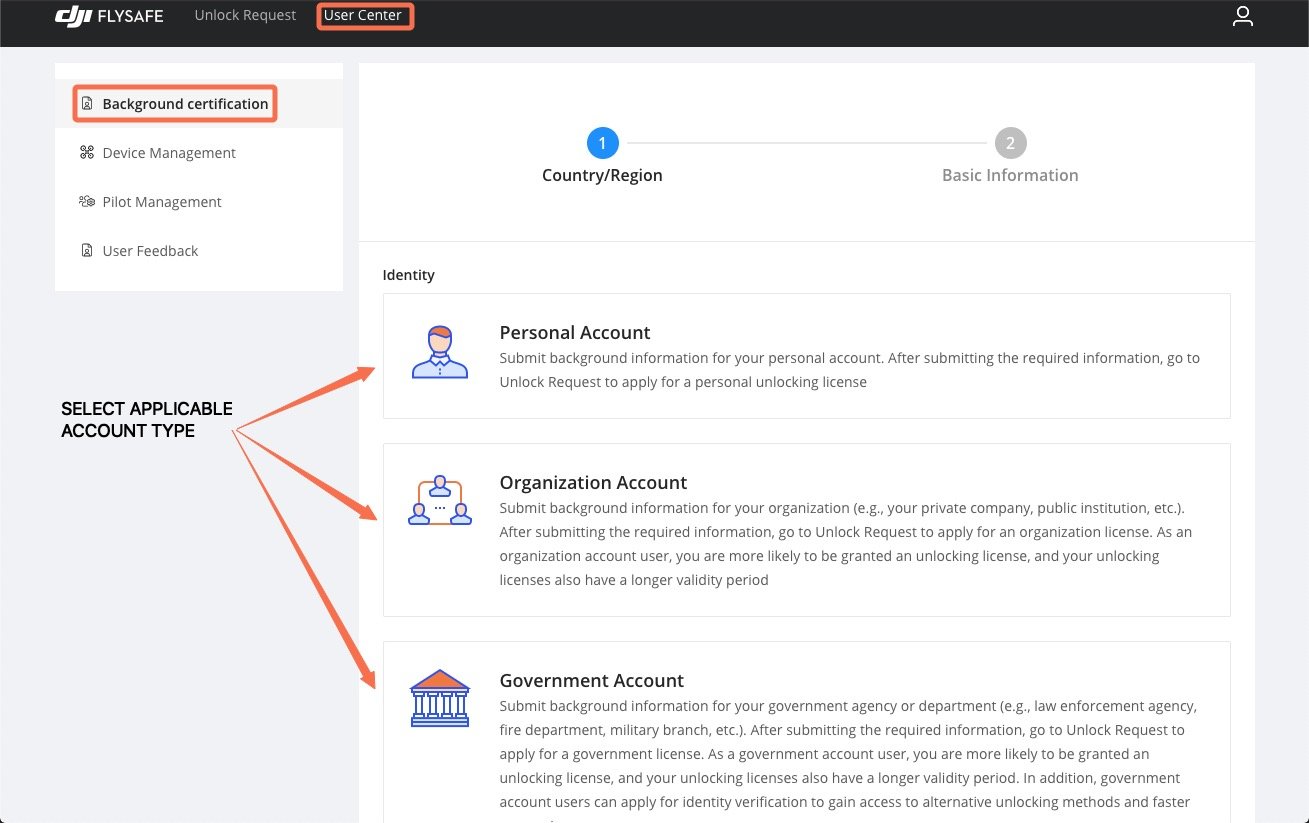
Understanding Drone Regulations
FAA Regulations
As you dive deeper into the world of drones, it’s crucial to understand the regulations set forth by the Federal Aviation Administration (FAA). Complying with these regulations not only helps you avoid penalties but also ensures safer skies for everyone. The FAA has established a comprehensive set of rules that govern how drones are operated in the United States. These regulations aim to balance the growing interest in drone flights with the safety of manned aircraft and the well-being of the general public. Here are some key rules you should be aware of:
- Eligibility: You must be at least 13 years old to operate a drone commercially and hold a Remote Pilot Certificate from the FAA.
- Weight Limit: Drones must weigh less than 55 pounds (including payload) at takeoff.
- Visual Line of Sight (VLOS): You are required to maintain a visual line of sight on your drone throughout the flight. This means no flying behind trees or out of sight.
- Altitude Restrictions: Drones must not fly higher than 400 feet above ground level unless otherwise authorized.
- Daylight Operations: Drones should only be flown during daylight hours or civil twilight (30 minutes before sunrise and after sunset) with appropriate lighting.
Like many drone enthusiasts, I once saw a breathtaking aerial view at a local festival and had the urge to capture it from my drone’s perspective. Thankfully, I remembered the VLOS rule and ensured I kept my drone within eyesight. It’s moments like these that highlight the importance of adhering to regulations while enjoying drone flying.
Drone Registration Process
If you’re planning to fly a drone that weighs more than 0.55 pounds (250 grams), you’ll need to register it with the FAA. The registration process is simple and quick, ensuring you’re compliant before you take to the skies. Here’s a step-by-step guide on how to register your drone:
- Visit the FAA Registration Website: Head over to the official FAA registration site and create an account.
- Provide Personal Information: You’ll need to fill in your name, address, and email address. Don’t worry; this information is kept private, and your details won’t be shared publicly.
- Pay the Registration Fee: The fee is $5, which covers your drone for three years. You’ll receive a unique registration number that must be affixed to your drone.
- Label Your Drone: Once registered, you will get a certificate. Make sure to write the registration number on your drone—preferably on a location that won’t be affected by any wear and tear.
- Keep Your Documents Handy: Keep a copy of the certificate with you when you fly. This is essential, especially if you encounter any law enforcement while in the air.
Here’s a handy checklist for successful drone registration:
- [ ] Visit the FAA registration website
- [ ] Fill in personal information
- [ ] Pay the registration fee
- [ ] Write the registration number on the drone
- [ ] Carry a copy of the registration certificate while flying
The registration process is well worth the time, ensuring you can confidently operate your drone without the fear of facing penalties. It also adds to your credibility as a responsible drone pilot. By understanding and following FAA regulations, along with completing the necessary drone registration, you pave the way for a safe and enjoyable flying experience. These aspects not only protect you but also contribute to the greater good of the drone-flying community. 🛩️ So, gear up with knowledge and prepare to take to the skies the right way!

DJI FlySafe Features
Geofencing Technology
As you become more immersed in drone flying, one of the standout features you can’t overlook is DJI’s innovative geofencing technology. If you’re not familiar with the term, geofencing refers to a virtual boundary set around specific locations to help pilot drones safely within or outside those zones. It’s like having an invisible safety net that keeps you from accidentally venturing into restricted airspace. The practicality of geofencing is immense. Picture this: you’re planning a stunning aerial shoot at your local beach. Just as you’re about to launch, you remember that you might be near an airport or a nature reserve. With DJI’s geofencing, you’ll receive immediate alerts if you’re about to breach one of those boundaries. Here’s how it works:
- Real-Time Alerts: When you attempt to fly in a restricted area, the DJI system sends notifications warning you that it’s not safe or legal to take off.
- Automatic Restrictions: If you try to launch your drone while in a no-fly zone, the system will prevent the drone from taking off. This can save you from hefty fines and ensure the safety of everyone around.
One time, while flying along a scenic track for some landscape photography, I almost got swept up in the excitement and forgetful about my surroundings. Thanks to the geofencing feature, my drone wouldn’t let me take off since I was too close to a protected nature area. It’s a humbling reminder that technology is here to keep you safe and ensure you’re adhering to local laws. To summarize, here are some benefits of DJI’s geofencing technology:
- Keeps pilots informed about airspace restrictions
- Prevents unintentional violations of airspace regulations
- Adds an extra layer of safety for both the pilot and the public
Flight Planner Tool
Alongside geofencing, DJI offers a robust flight planner tool that further enhances the flying experience for drone operators. Good planning can make a world of difference, and I can’t stress enough how beneficial this feature can be for any pilot, whether a beginner or a seasoned flyer. The DJI Flight Planner Tool allows you to meticulously design your flight path, making sure you’re maximizing both safety and efficiency. Here’s how it can assist you:
- Waypoint Selection: You can easily set waypoints to create a specific route for your drone to follow during the flight. This is perfect for capturing multiple shots from various angles without having to manually pilot your drone every step of the way.
- Altitude Settings: Tailor different altitude levels for your waypoints, ensuring you maintain the desired perspective for each shot. As someone who loves aerial photography, I’ve used this feature to achieve that perfect height for landscape shots.
- Battery Management: The planner will take battery limits into consideration to avoid returning late. This means you can focus on your creative shots without worrying whether you’ll have enough juice to get back safely.
- Simulated Flights: You can simulate your flight path before you take off, allowing you to foresee any possible issues and adjust your plan accordingly.
I recall planning a complex flight for a wedding shoot where timing was crucial. Using the Flight Planner Tool, I mapped out several points to capture the venue at different angles throughout the ceremony. It gave me the confidence to focus solely on my shots without panicking about navigation. In conclusion, combining DJI’s geofencing technology with their Flight Planner Tool creates a powerful safety net for drone pilots. These features not only enhance the flying experience, but they also cultivate responsible flying practices that benefit the entire drone community. Ready to navigate those skies safely? 🎉
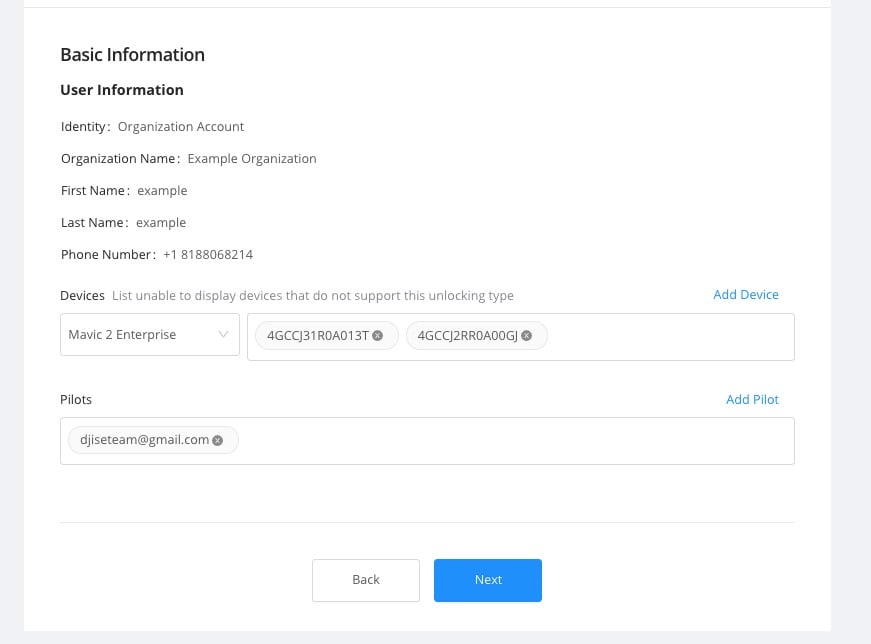
Pre-Flight Checklist
Checking Weather Conditions
As you get ready for your drone flight, one of the first things you should always do is check the weather conditions. Trust me; I learned this the hard way during one of my early flights. Picture this: I had everything set for a stunning sunset shoot, only to find myself battling strong winds and unexpected rain. It was not the memorable session I anticipated, and it could have easily been avoided with a little weather foresight. Weather can greatly influence your drone’s performance and safety, so it’s essential to keep these factors in mind:
- Wind Speed: Generally, it’s best to avoid flying in winds above 15 mph, especially for smaller drones. High winds can make it difficult to control your aircraft and can jeopardize your shots.
- Precipitation: Check for rain or snow. Most consumer drones aren’t waterproof, and flying in wet conditions can lead to malfunctions or crashes.
- Visibility: Ensure that you have clear visibility in the air. Fog, heavy rain, or snow can hinder your ability to maintain visual line of sight, which is a critical safety requirement.
- Temperature: Extreme temperatures can impact battery life. Cold weather can reduce battery performance, while extremely hot conditions can cause overheating. Always monitor your drone’s temperature alerts.
A simple way to stay organized is to create a pre-flight weather checklist. Here’s a suggested format:
- [ ] Check Wind Speed
- [ ] Verify Precipitation (Rain/Snow)
- [ ] Ensure Clear Visibility
- [ ] Consider Temperature Conditions
In addition to a checklist, utilizing weather apps can provide real-time updates and alerts specific to your flying area. Just taking a few minutes to check the weather before you launch can save you from potential mishaps!
Examining Drone Equipment
Now that the weather checks out, it’s time to turn your attention to your drone equipment. A thorough examination ensures everything is in top-notch condition for a successful flight, minimizing the chances of unexpected issues in the air. Here’s a step-by-step guide on how to conduct a comprehensive equipment check:
- Battery Status: Always check your drone’s battery level before any flight. If you’re planning a lengthy session, make sure your battery is fully charged. It’s also wise to carry an extra battery just in case!
- Propellers: Inspect the propellers for any nicks, cracks, or signs of wear. Damaged propellers can cause instability in flight and even lead to crashes. If they look questionable, it’s better to replace them ahead of time.
- Camera and Gimbal: If your drone is equipped with a camera, make sure it is properly mounted and free of dust or obstructions. A malfunctioning gimbal can destroy your footage, so ensure it moves smoothly.
- Flight Controls: Perform a brief pre-flight calibration of the drone’s compass and sensors. This will help avoid any erratic movements while flying.
- Firmware Updates: Regularly check for firmware updates on your drone and controller. These updates can improve performance and add essential safeguards.
- Remote Control Functionality: Test the remote control to ensure that all buttons and sticks are responsive. The last thing you want is a controller malfunctioning mid-flight!
Here’s a handy equipment checklist to keep you on track:
- [ ] Battery Status (Fully Charged)
- [ ] Propeller Inspection (No Damage)
- [ ] Camera and Gimbal Check (Properly Mounted)
- [ ] Calibration of Flight Controls
- [ ] Firmware Updates
- [ ] Remote Control Functionality Test
Taking these steps ensures you are thoroughly prepared and helps safeguard against potential issues that could arise mid-air. Like many drone enthusiasts, I can say that the better prepared you are, the more enjoyable and successful your flight will be. In summary, checking the weather conditions and thoroughly examining your drone equipment as part of your pre-flight checklist will significantly enhance your flying experience. By prioritizing safety and preparation, you’re already setting yourself up for success as you navigate the skies! 🛩️

Safe Flying Techniques
Maintaining Line of Sight
As you venture into the world of drone flying, one of the most fundamental yet often overlooked aspects of safe flying techniques is maintaining visual line of sight (VLOS) with your drone. Essentially, this rule mandates that you should always be able to see your drone with your own eyes, without relying on a camera feed. While it may seem like a no-brainer, it’s a safety measure ingrained in regulations for very good reasons. Flying out of sight can lead to several complications, such as losing control of the drone or running into obstacles. I still remember the first time I pushed the boundaries, flying a bit too far to capture a scenic view. Sure enough, I quickly lost sight of my drone and panicked! Thankfully, I had a descent plan in place, but that experience drove home the importance of VLOS. Here are some key tips to help you maintain a safe line of sight:
- Stay Focused: Avoid distractions like your smartphone or trying to multitask. Keeping your eyes on the drone will enable you to track its movements and respond to any sudden changes in flight.
- Use Visual Cues: If you’re flying in a familiar area, use landmarks to help keep your drone within sight. This could be a tree line, a building, or even your own position.
- Communicate: If you’re flying in a group, make sure to let your fellow pilots know your plans and share your general flight path. This way, everyone can keep an eye on one another’s drones, enhancing overall safety.
- Practice Regularly: The more you fly, the better you will become at judging distances and understanding how to keep your drone in sight, even when it’s comfortably high in the air.
To summarize, maintaining your line of sight is not just about compliance—it’s about responsibility. Keeping your drone in view ensures not only your safety but also the safety of others around you.
Avoiding No-Fly Zones
Part of your responsibility when flying a drone is understanding no-fly zones and taking proactive measures to avoid them. No-fly zones are specific areas where drone flight is prohibited or restricted to protect sensitive locations and ensure safety. These zones typically include airports, military bases, government buildings, and various other restricted areas. The consequences of unintentionally breaching these areas can be severe—from significant fines to the potential confiscation of your drone. I learned about this the hard way: while planning a flight route, I accidentally flew near an area tagged as a restricted zone. Fortunately, I caught the warning just in time and avoided a possible run-in with authorities. Here are some ways to ensure you steer clear of no-fly zones:
- Use Geofencing Features: As mentioned earlier, taking advantage of DJI’s geofencing technology helps automatically prevent you from flying in restricted areas. Always ensure your drone’s firmware is updated for the latest geofencing data.
- Consult Maps or Apps: Various apps and online resources provide interactive maps that showcase no-fly zones. Make it a habit to check these resources before every flight, particularly when flying in a new area.
- Stay Informed: Keep updated on local regulations, as no-fly zones can change based on events or shifts in regulations. Subscribe to local drone forums or follow aviation news to stay in the loop.
- Plan Your Flight Path: Before launching, meticulously plan your route while considering any no-fly zones. Use waypoints that steer you clear of restricted areas, ensuring a safe and enjoyable flying experience.
Here’s a quick checklist to help you avoid no-fly zones:
- [ ] Check Geofencing Settings
- [ ] Review Interactive No-Fly Zone Maps
- [ ] Stay Updated on Local Regulations
- [ ] Plan Flight Path to Avoid Restricted Areas
In essence, navigating safely in the skies involves maintaining your line of sight and being acutely aware of no-fly zones. By employing these strategies, you ensure not only your own safety but also the safety of others and the integrity of airspace regulations. With careful planning and awareness, you can fully enjoy the thrill of flying your drone! 🛸🌟
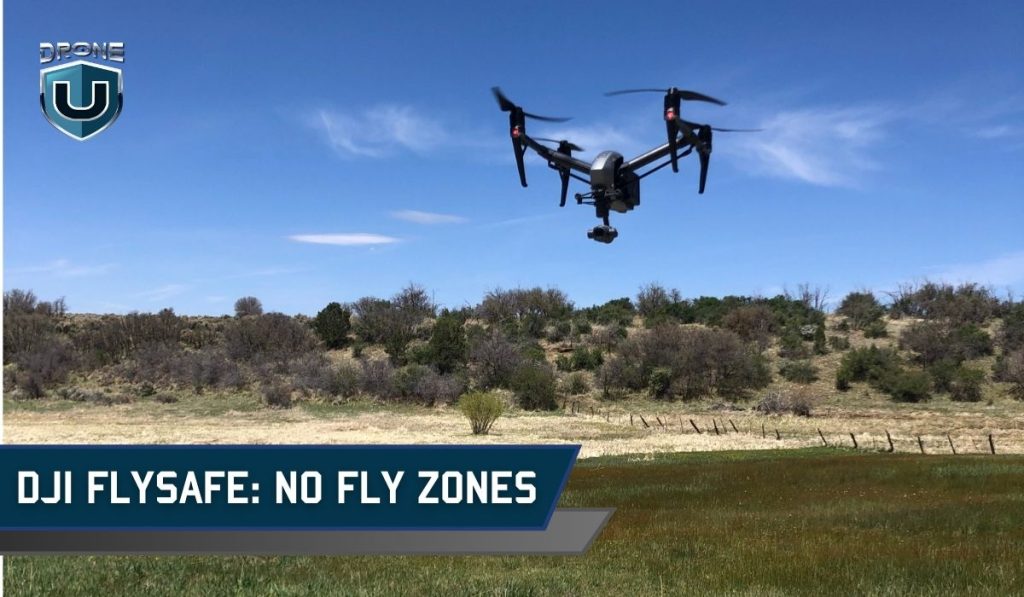
Emergency Procedures
Dealing with Signal Loss
Even the most experienced drone pilots can run into unexpected situations, and one of the most nerve-wracking challenges is dealing with signal loss. This can occur due to various reasons such as obstacles, distance, or signal interference from other electronic devices. During one of my early drone adventures, I experienced this firsthand. My drone was flying brilliantly over a picturesque landscape when, out of nowhere, the connection dropped. Panic surged through me as the drone went into fail-safe mode. Thankfully, I had prepared myself for such an event, which made all the difference. When you encounter signal loss, here are some effective steps to follow:
- Stay Calm: As hard as it may be, maintaining your composure allows you to think clearly and act wisely.
- Wait a Moment: Sometimes, signal loss can be temporary. Give it a few seconds to see if the connection is re-established. During this pause, try to locate your drone visually.
- Fail-Safe Mode: Most modern drones come equipped with fail-safe features that will either return the drone to its launch point or descend gently to land safely. Familiarize yourself with your drone’s fail-safe capabilities before flying.
- Use GPS: If your drone doesn’t return automatically, utilize its GPS tracking feature (if available) to locate it. Some drones even have a “Find My Drone” feature that pinpoints its last known location.
Here’s a brief checklist for handling signal loss:
- [ ] Stay Calm
- [ ] Wait and Observe
- [ ] Know Your Drone’s Fail-Safe Settings
- [ ] Utilize GPS for Location Tracking
Taking these steps can minimize damage and help you recover your drone quickly. Always ensure you’re up-to-date with your drone’s instructions so that you can implement these procedures smoothly.
Handling Low Battery Issues
Another common emergency situation you might encounter while flying your drone is a low battery warning. It’s one scenario you definitely want to avoid, as waiting until your battery is critically low can lead to unplanned landings or crashes. I once made the mistake of underestimating my drone’s battery life during an engaging flight. I was so focused on capturing great footage that I ignored the low battery alerts. Inevitably, my drone lost power mid-flight and descended rapidly, but thankfully it landed in a soft patch of grass. Here are some effective strategies for managing low battery issues:
- Pre-Flight Battery Check: Always check your battery status before launching and ensure it’s adequately charged for the planned flight duration.
- Plan Your Flight: Keep your flight path within reasonable range of your takeoff point. As a rule of thumb, aim to return your drone with at least 30% battery remaining. This ensures you have enough power for a safe landing.
- Set Return Home Alerts: Most drones allow you to set a battery threshold that will automatically trigger a return-to-home action once it reaches a specific percentage. Use this feature for added safety.
- Monitor Battery Levels Continuously: Keep an eye on the battery indicator on your remote control or app during flight. If you see the level dropping faster than expected, don’t hesitate to land early.
Here’s a handy checklist for low battery management:
- [ ] Pre-Flight Battery Check (Fully Charged)
- [ ] Plan Flight Path Wisely
- [ ] Set Return Home Alerts
- [ ] Continuously Monitor Battery Levels
In summary, being prepared for emergencies like signal loss and low battery issues makes a world of difference in your flying experience. By regularly reviewing these procedures and maintaining a proactive approach, you can avoid crises and take your flying adventures to new heights with confidence. After all, great drone flying combines fun and responsibility! 🛩️✨
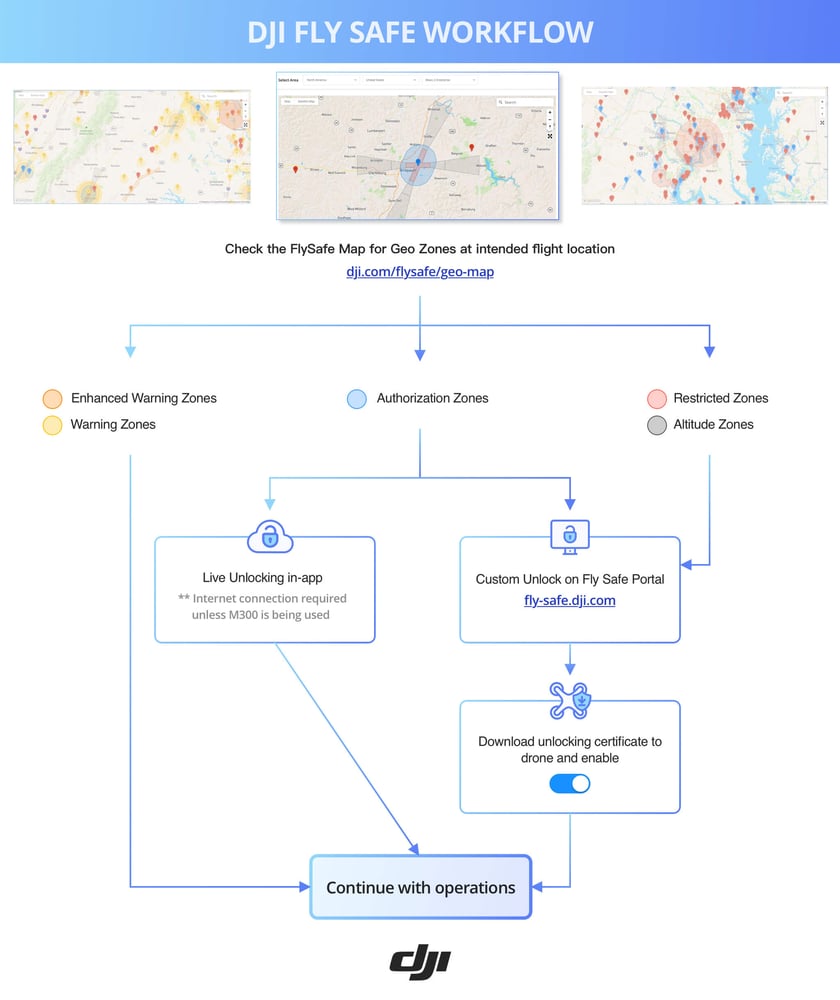
Drone Insurance Options
Importance of Drone Insurance
As a drone enthusiast, you might be caught up in the excitement of flying and capturing stunning aerial images. However, just like with any other valuable equipment, it’s vital to consider the importance of drone insurance. I remember when I first started flying drones; I was all about the thrills and didn’t think about the risks—until I had a minor mishap that cost me my beloved drone. That was a wake-up call! Drone insurance serves as a safety net, providing you financial protection against accidents, damage, and unforeseen incidents that can occur while flying. Here are some key reasons why investing in drone insurance is crucial:
- Liability Coverage: Accidents happen. If your drone causes damage to property or injures someone, liability insurance can protect you from costly claims or lawsuits. The last thing you want is to be financially responsible for damages that spiral out of control.
- Damage Protection: Whether it’s a crash, theft, or damage from inclement weather, drone insurance can offer coverage for repairs or replacement costs, allowing you to fly with peace of mind.
- Regulatory Compliance: In some regions, drone insurance might be mandatory for commercial operators. Ensuring you’re compliant not only protects your finances but also keeps you within legal bounds and improves your standing in the community.
- Peace of Mind: Knowing you’re insured can significantly reduce the stress of flying. You can focus on capturing amazing shots and enjoying your time in the skies without constantly worrying about “what if” scenarios.
Here’s a quick summary of the advantages of drone insurance:
- Provides liability coverage for damages or injuries
- Covers repair or replacement costs
- Ensures compliance with regulatory requirements
- Offers peace of mind and reduces stress while flying
Choosing the Right Coverage
Now that you understand how important drone insurance is, you might be wondering how to choose the right coverage for your needs. The options can be overwhelming, but with some careful consideration, you can find a policy that fits your flying style and budget. Start by evaluating your specific needs:
- Usage Type: Consider how and why you’re using your drone. If you’re solely flying for fun, your insurance needs may differ from those of a commercial operator who uses a drone for aerial photography or surveying.
- Value of Your Equipment: Assess the value of your drone and any additional equipment (like cameras and accessories). This information will help you select insurance that adequately covers potential repair or replacement costs.
- Coverage Options: Familiarize yourself with the different coverage options available:
- Liability Insurance: Protects against claims made for injury or damage caused by your drone.
- Hull Insurance: Covers physical damage to your drone itself.
- Personal and Commercial Use: Make sure the policy distinguishes between hobby and commercial operations if applicable, as they may have different requirements.
- Deductibles: Examine the deductible amounts. A lower deductible means you’ll pay less out-of-pocket for claims, but it could lead to higher premium costs. Find a balance that makes sense for your financial situation.
- Policy Stipulations: Always read the fine print. Understand any exclusions, limitations, or conditions that may impact your ability to file a claim.
To simplify the decision-making process, consider using a checklist like this:
- [ ] Identify Usage Type (Hobby vs. Commercial)
- [ ] Assess Value of Equipment
- [ ] Review Available Coverage Options
- [ ] Evaluate Deductibles
- [ ] Understand Policy Stipulations
Finding the right drone insurance may take some time but should ultimately give you peace of mind and confidence as you fly. Just like it’s essential to prepare for the technical aspects of flying, being adequately insured is equally crucial. Embrace the thrill of flying while keeping your financial future secure! 🛩️✨
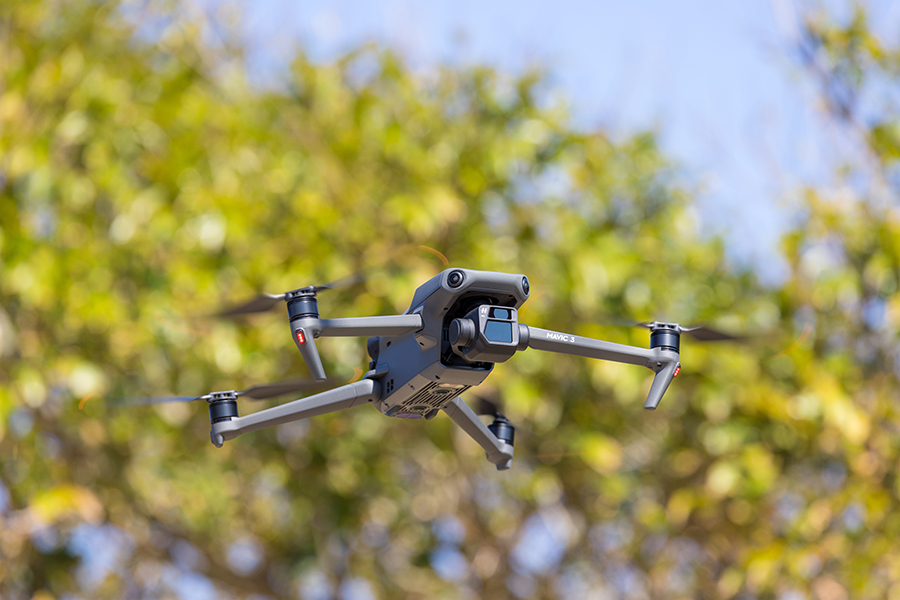
Real-Life Drone Safety Stories
Successful Safe Flights
As the world of drones continues to expand, countless pilots have valuable stories to share about their experiences in the sky. Some of these tales exemplify successful and safe flights that highlight the joys of drone flying when done responsibly. One of my favorite stories comes from a friend who decided to take his drone out to capture breathtaking shots of the coastline. He meticulously prepared for the flight by checking weather conditions, confirming that the winds were calm, and ensuring his equipment was in perfect working order. Before launching, he carefully reviewed the local regulations and confirmed there were no no-fly zones in the vicinity. During the flight, he maintained visual line of sight with his aircraft and utilized the DJI FlySafe features. The drone had built-in geofencing that alerted him when approaching a restricted area. With those reminders in mind, he adjusted his path for a safe, stunning shot. His drone flew smoothly, capturing incredible footage of crashing waves and the golden sunset without a hitch. Key points from this successful experience include:
- Thorough Preparation: He checked the weather, equipment, and regulations.
- Maintaining VLOS: He kept his drone within sight throughout the flight.
- Using Technology Wisely: Geofencing features helped avoid restricted airspace.
- Enjoyment: The successful flight resulted in beautiful footage that he proudly shared with friends.
Stories like this remind us that when we prioritize safety and preparation, we can enjoy the full experience of drone flying without incident.
Learning from Mishaps
However, as much as we love success stories, the drone community also has its share of learning experiences—moments when things didn’t go as planned but offered valuable lessons. I experienced one such mishap myself during a group flying session. The sun was shining, and the excitement was palpable as we launched our drones for a friendly competition, capturing aerial shots of each other’s flights. Everything was going smoothly until I got overzealous and pushed my drone a bit too far. I lost sight of it while maneuvering around some trees, which led to a troubling moment of signal loss. Suddenly, my drone entered fail-safe mode, and I watched it become unresponsive as it drifted into a nearby power line. Thankfully, the fail-safe did its job, and my drone managed to descend safely before it could cause any damage. From this experience, I learned some crucial lessons:
- Stay Within Limits: It’s vital to know how far you can push your drone while staying within the visual line of sight.
- Avoid Obstacles: Always be mindful of trees, power lines, and other obstacles. Take the time to scout your flying area before launching.
- Have a Recovery Plan: Familiarize yourself with the fail-safe modes and emergency procedures of your drone, so you know what to expect when things go awry.
To emphasize the takeaway points from mishaps like mine:
- Keep Your Drone in Sight: Avoid risky maneuvers that can lead to losing control.
- Stay Aware of Your Environment: Be conscious of obstacles and adapt your flight path accordingly.
- Prepare for Emergencies: Understand your drone’s capabilities and failure response.
In conclusion, real-life drone safety stories—both successful flights and mishaps—play an essential role in shaping our understanding of drone operation. They remind us that safety should be at the core of every drone adventure. Sharing these experiences helps build a community of responsible pilots who can learn from one another. So, whether you’re soaring through the skies or navigating challenges, remember to prioritize safety, and enjoy your flying journey! 🛩️🌈
